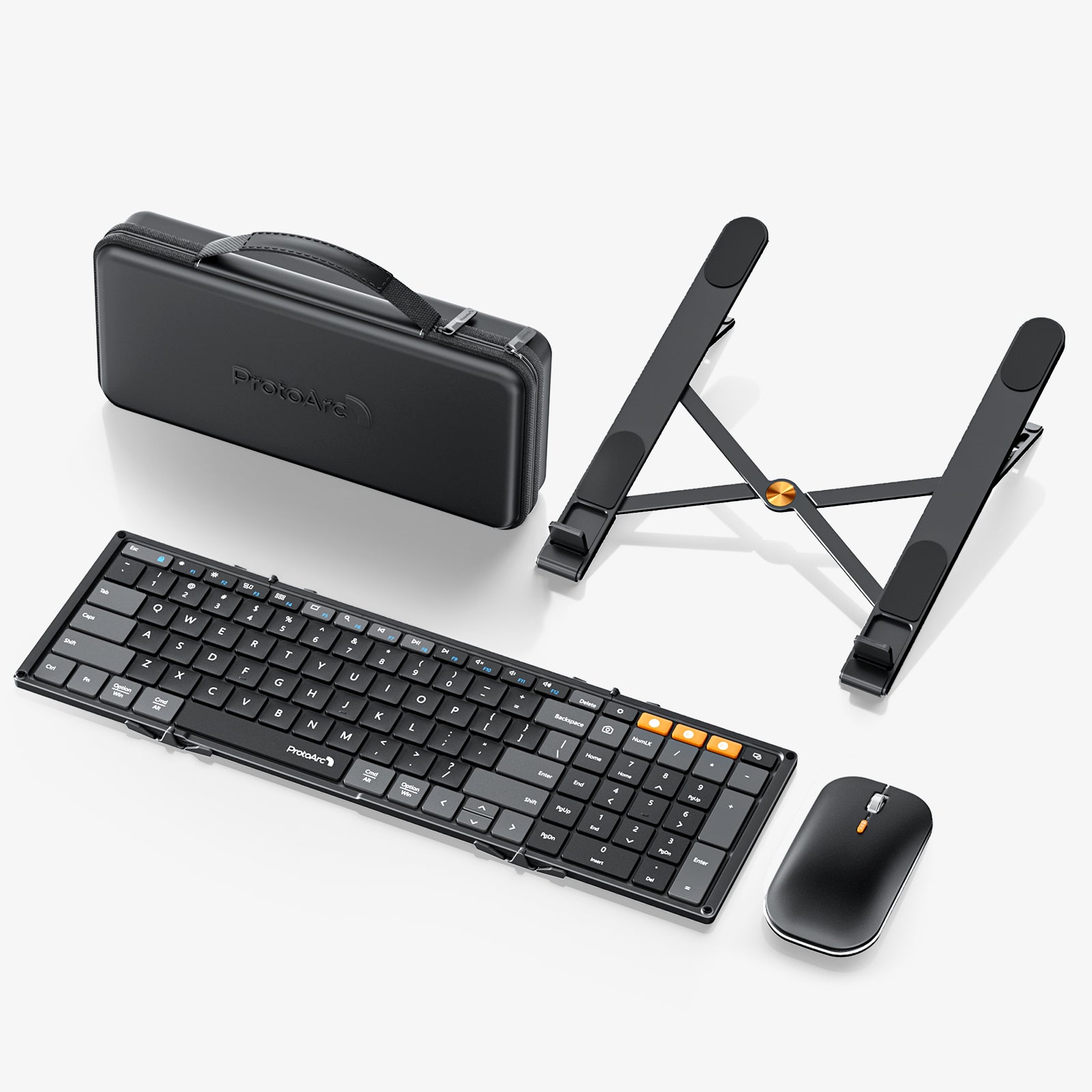Transform Your Workspace: Unleash Comfort with the Ultimate Keyboard and Mouse Combo!
In today's fast-paced work environment, the importance of ergonomics in the workspace cannot be overstated. Poor posture and uncomfortable equipment can lead to decreased productivity and long-term health issues. Ergonomic keyboards and mice are designed to reduce strain on your body, enhance comfort, and promote better working habits. By investing in these specialized devices, you can create a workspace that not only supports your health but also boosts your efficiency. In this article, we will explore the essential features of ergonomic keyboards and mice, share insights on how to choose the right combo for your needs, and highlight the long-term benefits of making this investment.

Understanding Ergonomics
Ergonomics is the science of designing the workspace around the user’s needs to improve comfort, efficiency, and safety. Many individuals using standard keyboards and mice often face common issues, such as repetitive strain injuries (RSI), carpal tunnel syndrome, and chronic back pain. These ailments are frequently the result of prolonged periods spent in uncomfortable positions or using poorly designed equipment. Ergonomic designs, including split keyboards and contoured mice, aim to alleviate these issues by promoting better posture and reducing the strain on hands, wrists, and the back. By understanding the principles of ergonomics, you can make informed choices about the tools that will enhance your workspace.
Key Features of Ergonomic Keyboards
When it comes to ergonomic keyboards, several key features contribute to their effectiveness. One essential characteristic is the split design, which allows your hands to rest in a more natural position. This design can significantly reduce the strain on your wrists and forearms. Additionally, wrist support is crucial; many ergonomic keyboards come with built-in wrist rests or allow for the addition of external pads that provide cushioning and support. Adjustable height is another feature to look for, as it enables users to customize the keyboard position based on their individual needs, further promoting better posture. These features collectively contribute to a comfortable typing experience and help mitigate discomfort during long work sessions.
Key Features of Ergonomic Mice
Ergonomic mice are specifically designed to support the natural position of your hand and wrist. The shape and size of the mouse play a significant role in its ergonomic benefits. For instance, a contoured mouse that fits snugly in your palm can reduce hand fatigue. Additionally, the placement of buttons matters; ergonomic mice often feature customizable buttons that are easy to reach without straining your fingers. Another critical aspect is the grip style; whether you prefer a palm grip, claw grip, or fingertip grip, selecting a mouse that accommodates your preferred style can lead to enhanced comfort and usability. Understanding these characteristics will help you choose a mouse that complements your ergonomic keyboard and suits your working style.
Choosing the Right Combo for Your Needs
Selecting the right ergonomic keyboard and mouse combo involves assessing your individual needs and preferences. Start by evaluating your typing habits; do you tend to type heavily, or are you a light user? This will influence the type of keyboard you should consider. Also, take into account your hand size—larger hands may benefit from a larger mouse while smaller hands may require a more compact option. Your workspace setup also plays a crucial role; ensure that your desk height and chair support your natural posture. By taking the time to assess these factors, you can make an informed decision that enhances both comfort and productivity in your workspace.
Benefits of Investing in Ergonomic Devices
The long-term benefits of using ergonomic keyboards and mice extend far beyond immediate comfort. Users often report improved comfort and reduced discomfort during extended periods of typing and navigation. Enhanced productivity is another significant advantage as individuals can work more efficiently when they are not distracted by discomfort or pain. Additionally, investing in ergonomic devices may lead to potential cost savings related to reduced health issues and fewer medical expenses over time. These devices are not just a purchase; they are an investment in your health and well-being, making them a wise choice for anyone spending substantial time at a computer.
Enhancing Your Work Experience
In conclusion, ergonomic keyboards and mice are essential tools for creating a comfortable and productive workspace. They are designed to support your health and well-being, helping to prevent discomfort and injuries associated with prolonged computer use. As you assess your current setup, consider the benefits that ergonomic devices can provide and how they align with your individual needs. Investing in an ergonomic keyboard and mouse combo is a proactive step towards enhancing your work experience and ensuring your comfort for years to come.








